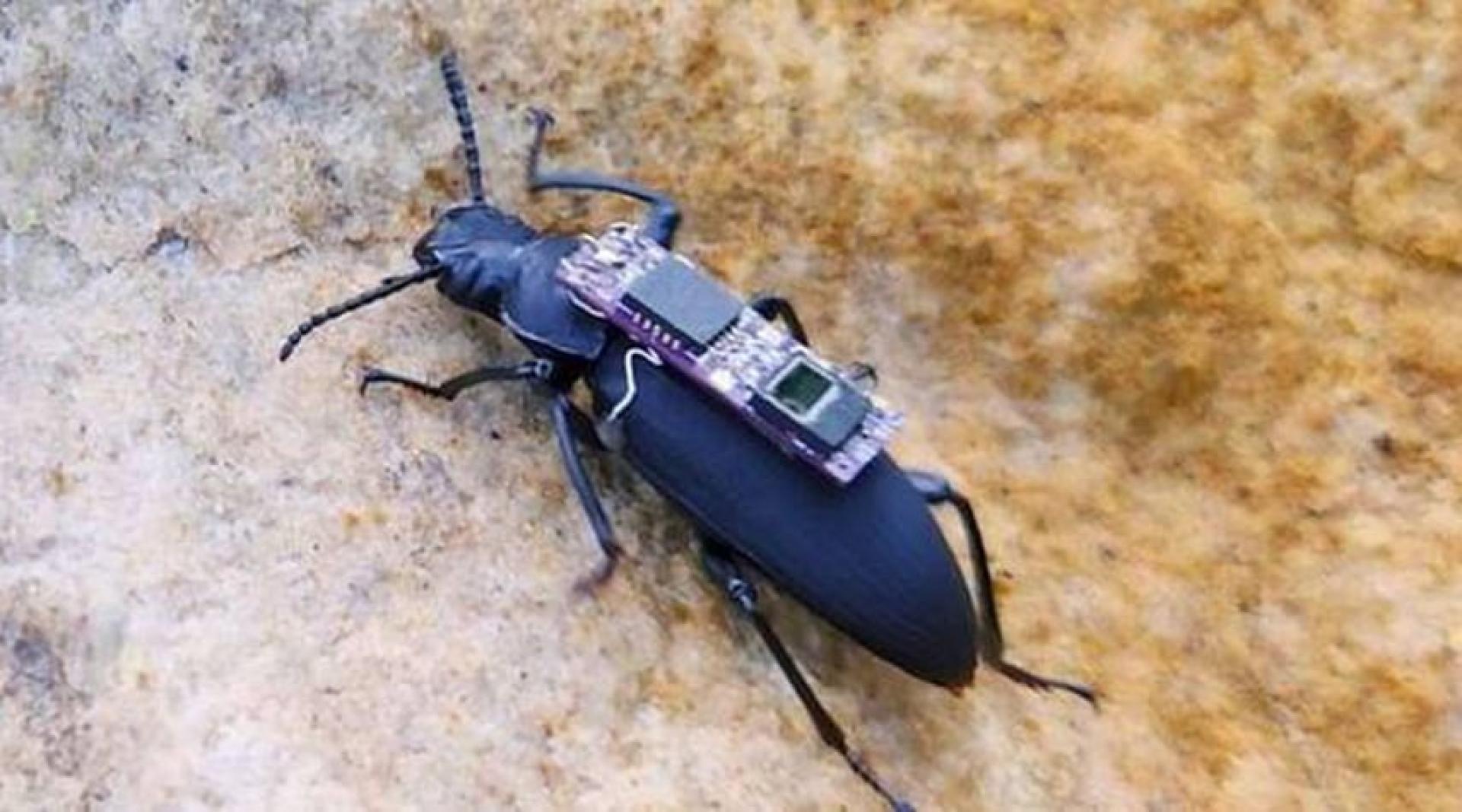At the scenes of major disasters such as earthquakes and mining accidents, an unexpected rescue assistant may appear in the future: a beetle carrying a microcircuit backpack, capable of moving through narrow gaps and climbing walls. According to the science website Science Alert, a collaborative research team from Australia and Singapore has successfully developed 'cyborg beetles' with remote control capabilities, overcoming the mobility limitations of traditional miniature robots in rubble-strewn environments.
This research, jointly conducted by the University of Queensland, the University of New South Wales, and Nanyang Technological University, selected the Zophobas morio beetle as the experimental subject and named it 'cyborg.' Scientists installed microchips and electrodes onto the beetles, allowing them to control the beetles to move forward, turn, or reverse by sending remote signals to stimulate their antennae or elytra.
According to the latest findings published in the journal Advanced Science, these cyborg beetles are able to overcome obstacles as high as their own bodies with a 92% success rate and transition from horizontal to vertical wall climbing with a 71.2% success rate, far surpassing the mobility of current miniature robots. The research team pointed out that the key lies in 'making good use of natural evolution'—there is no need to create additional sensors or control systems, as precise guidance can be achieved by stimulating the beetle’s natural physiological responses.
Thang Vo-Doan, an engineer at the University of Queensland, emphasized that these cyborg beetles, equipped with an electrostimulation backpack, not only provide directional control but can also operate for long periods without affecting the beetle’s lifespan. 'This technology allows insect mobility in complex environments to become a human-usable rescue tool.'
The researchers stated that future plans include integrating inertial measurement units (IMUs) and miniature cameras to enhance autonomous navigation and image recognition, thus enabling cyborg beetles to actually help rescue teams locate trapped individuals. In addition, the team stressed compliance with animal experimental ethics; during the experiments, the beetles received proper care, including bran bedding and apple feeding, and were continually attended to until the end of their natural lives after testing.
Scientists believe that this research demonstrates the feasibility of 'using living insects as mobile platforms.' In the future, these may not only be used for rescue missions but also for environmental monitoring and inspection of confined spaces, opening up new directions for disaster response and the development of miniature robotics.
